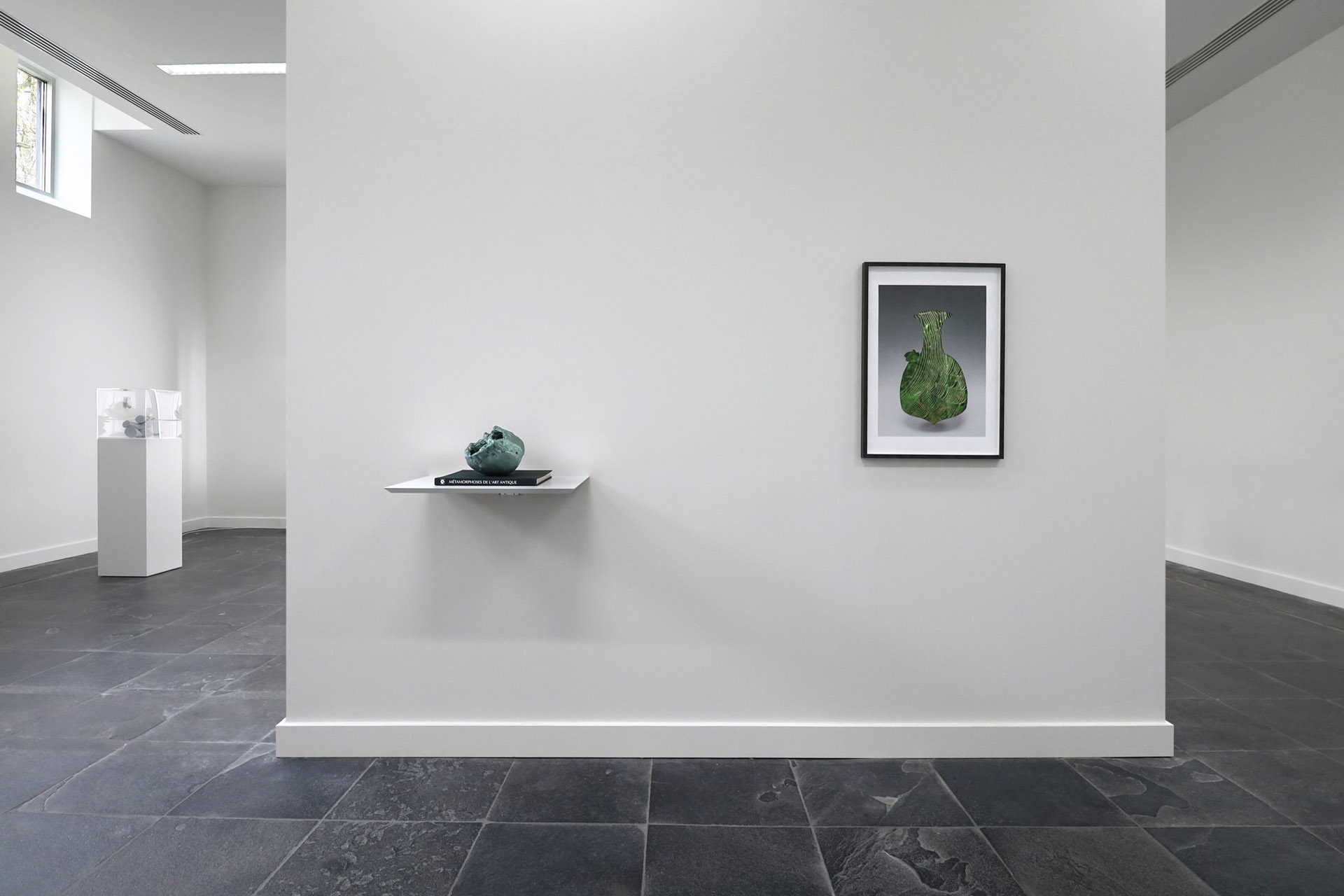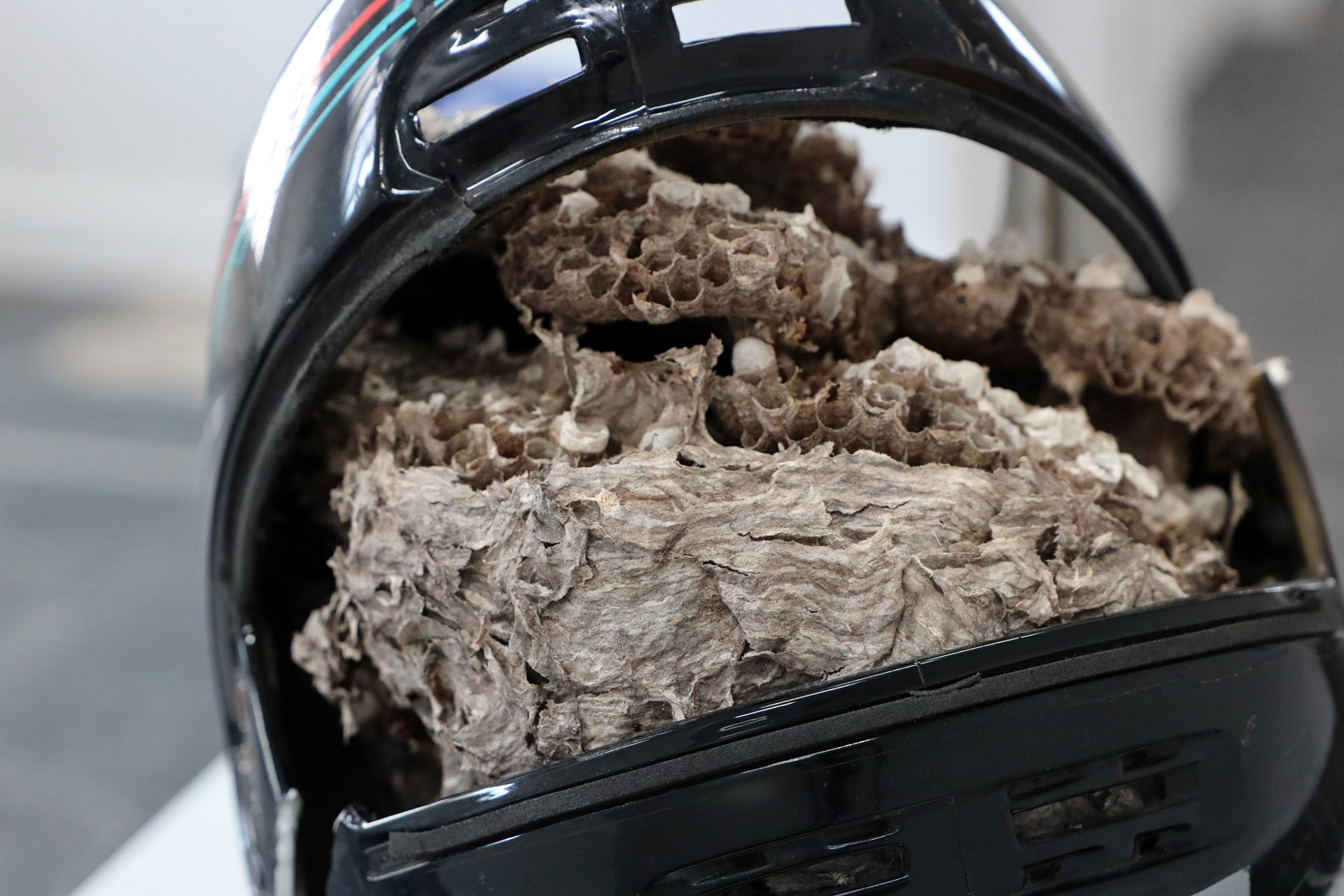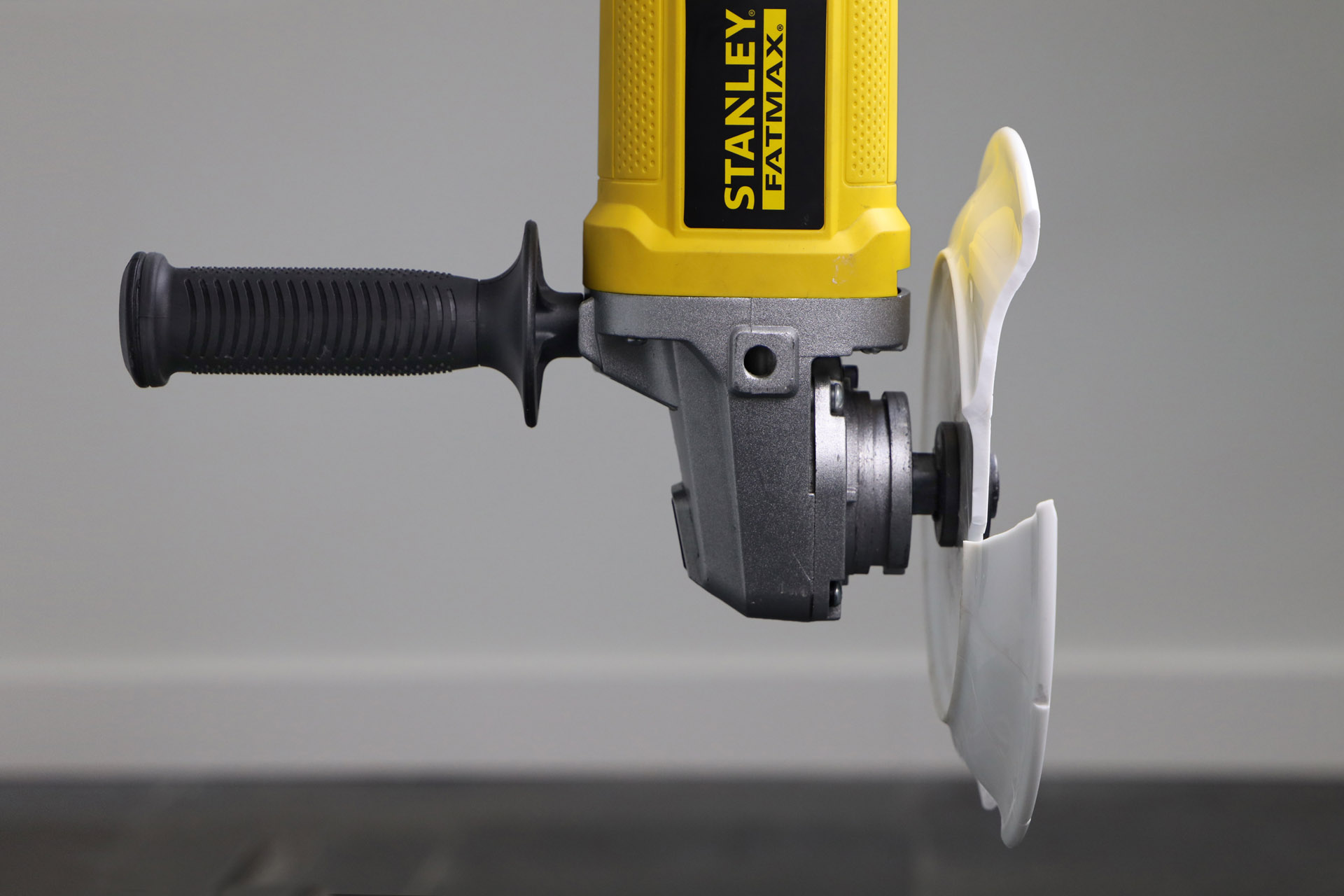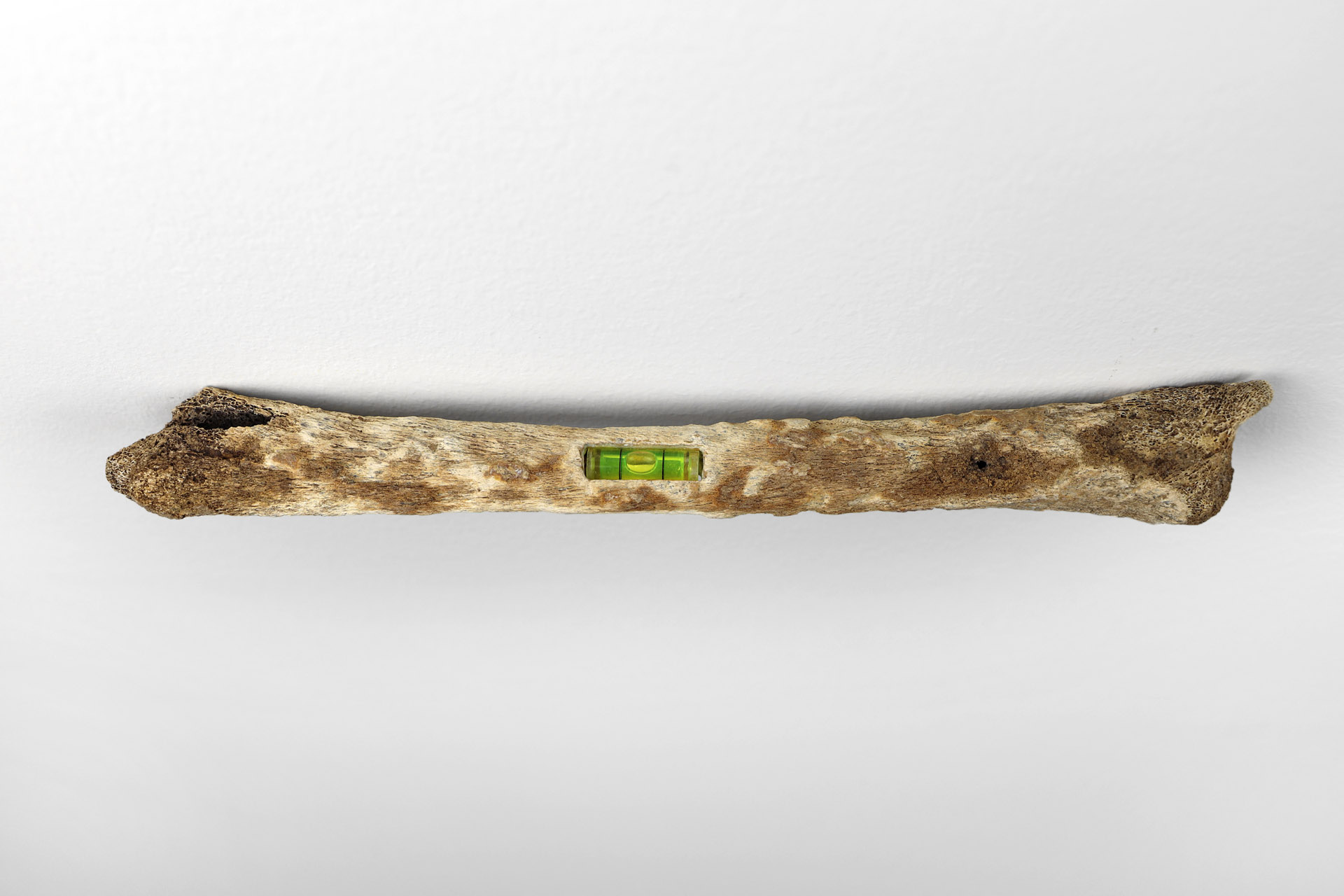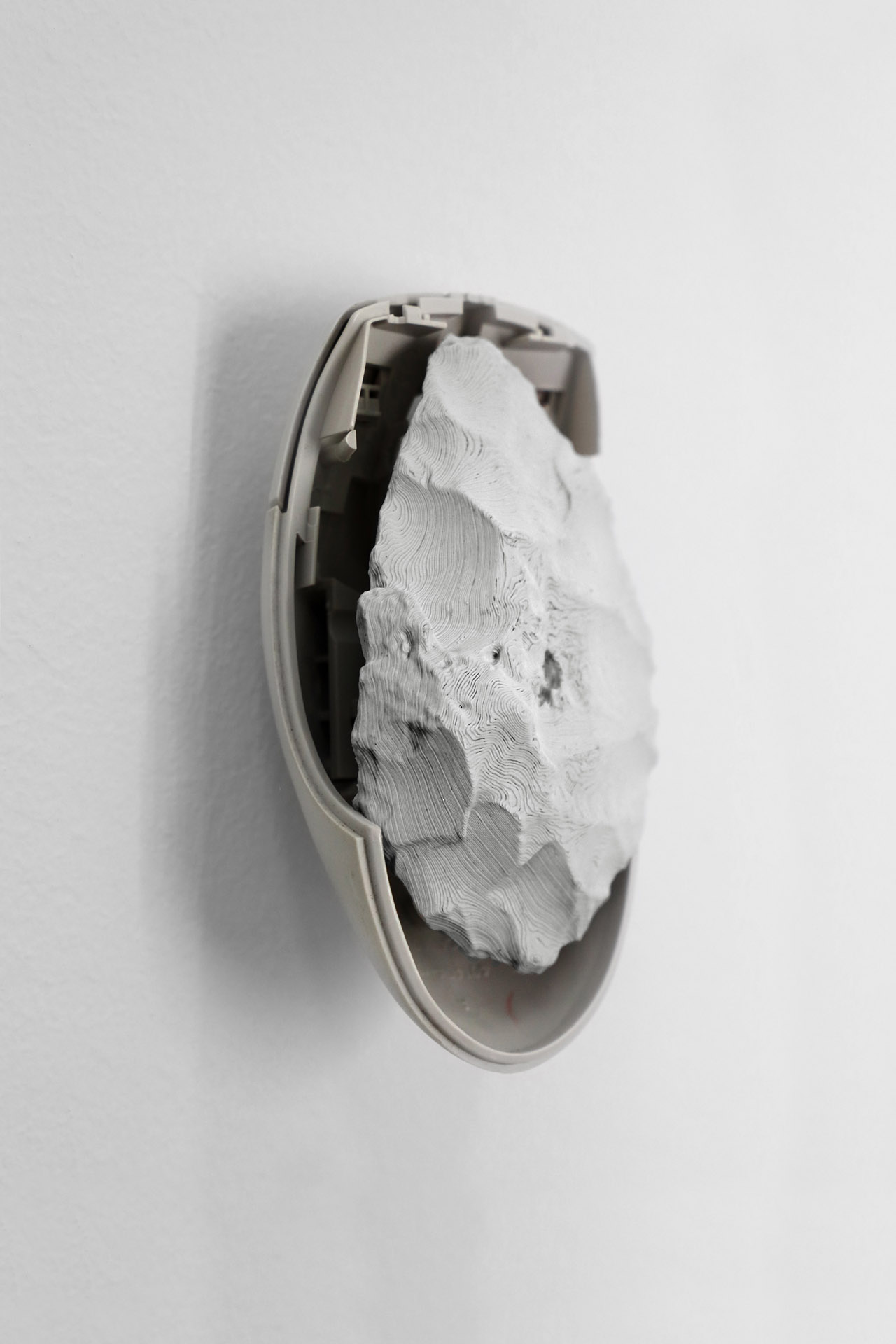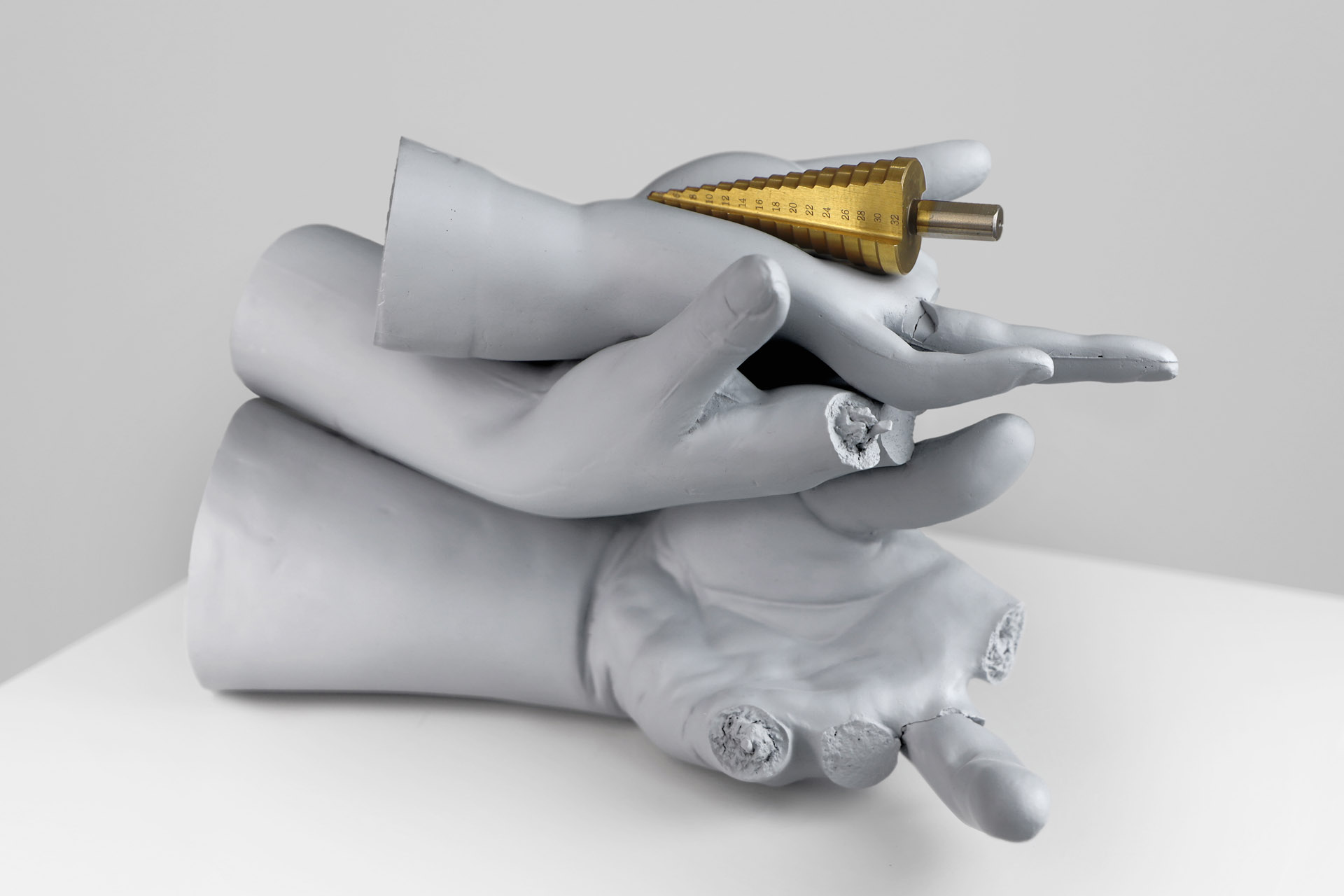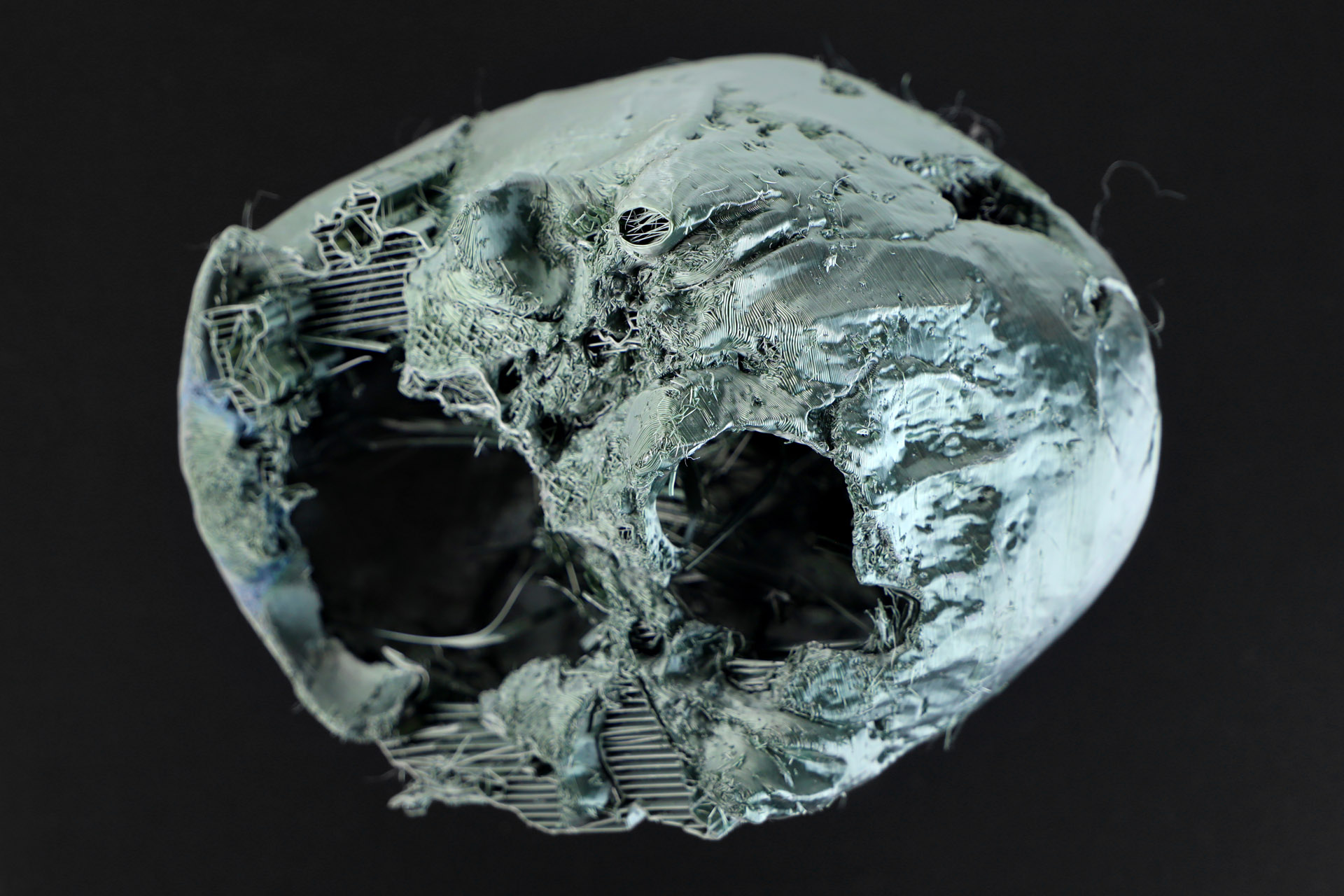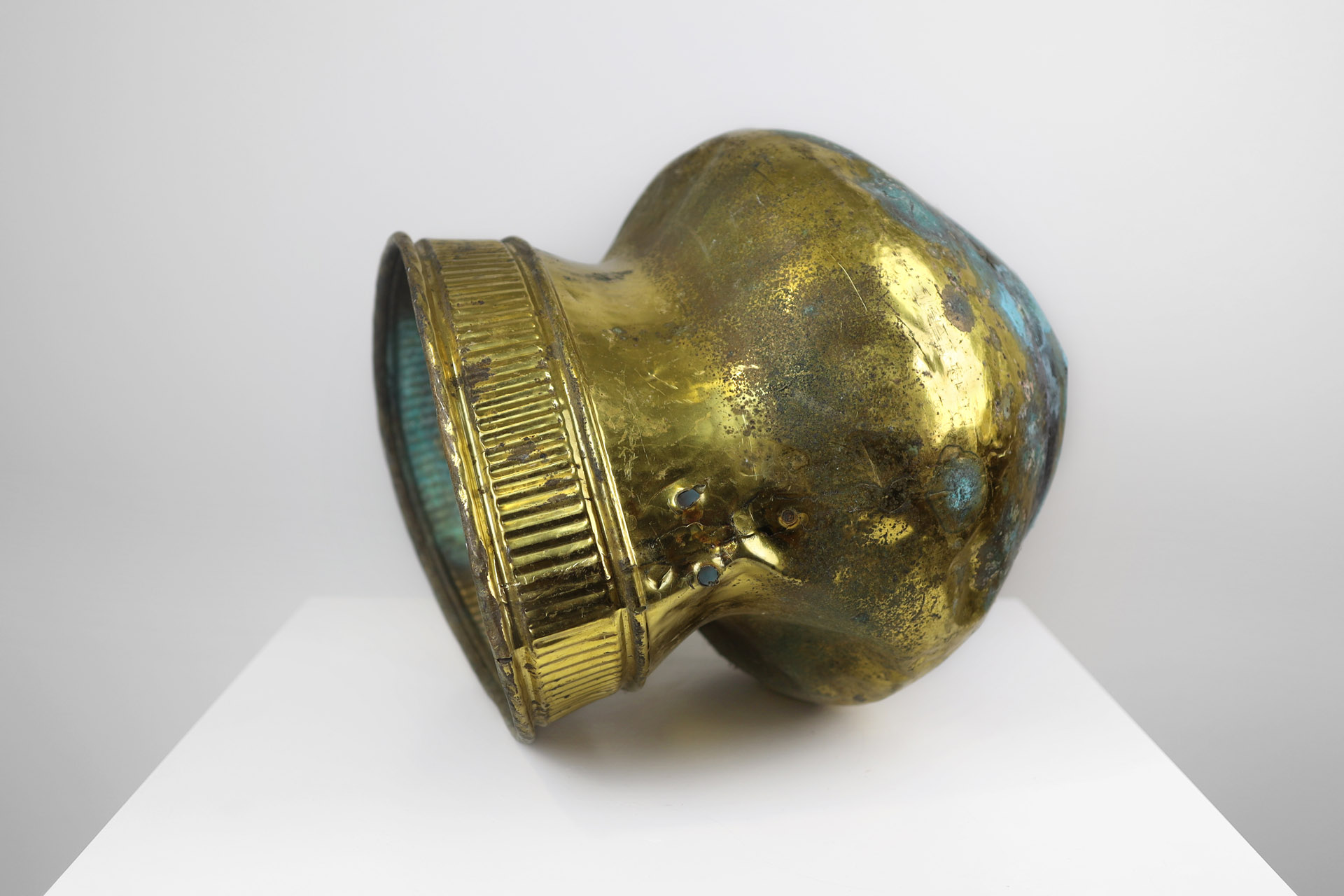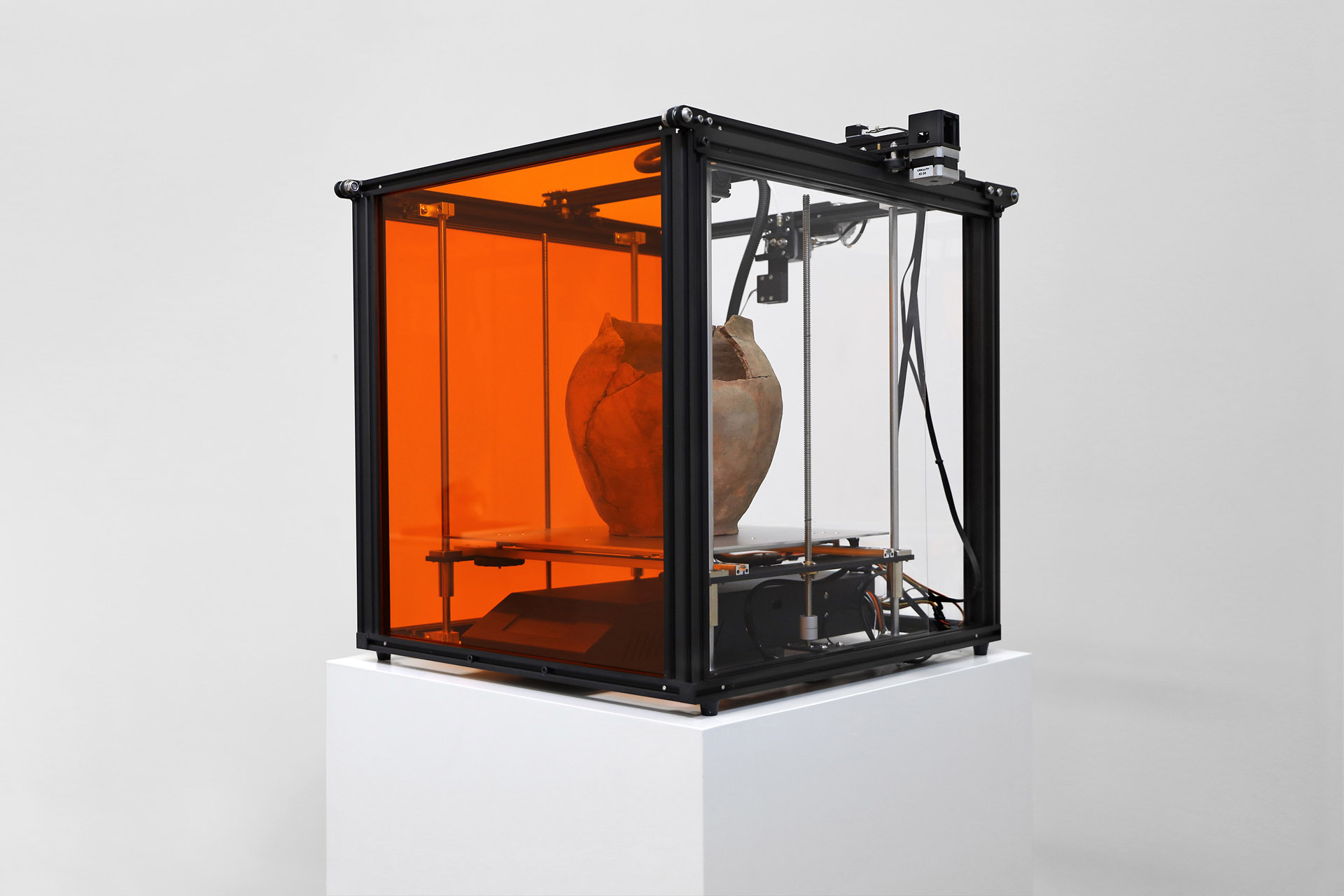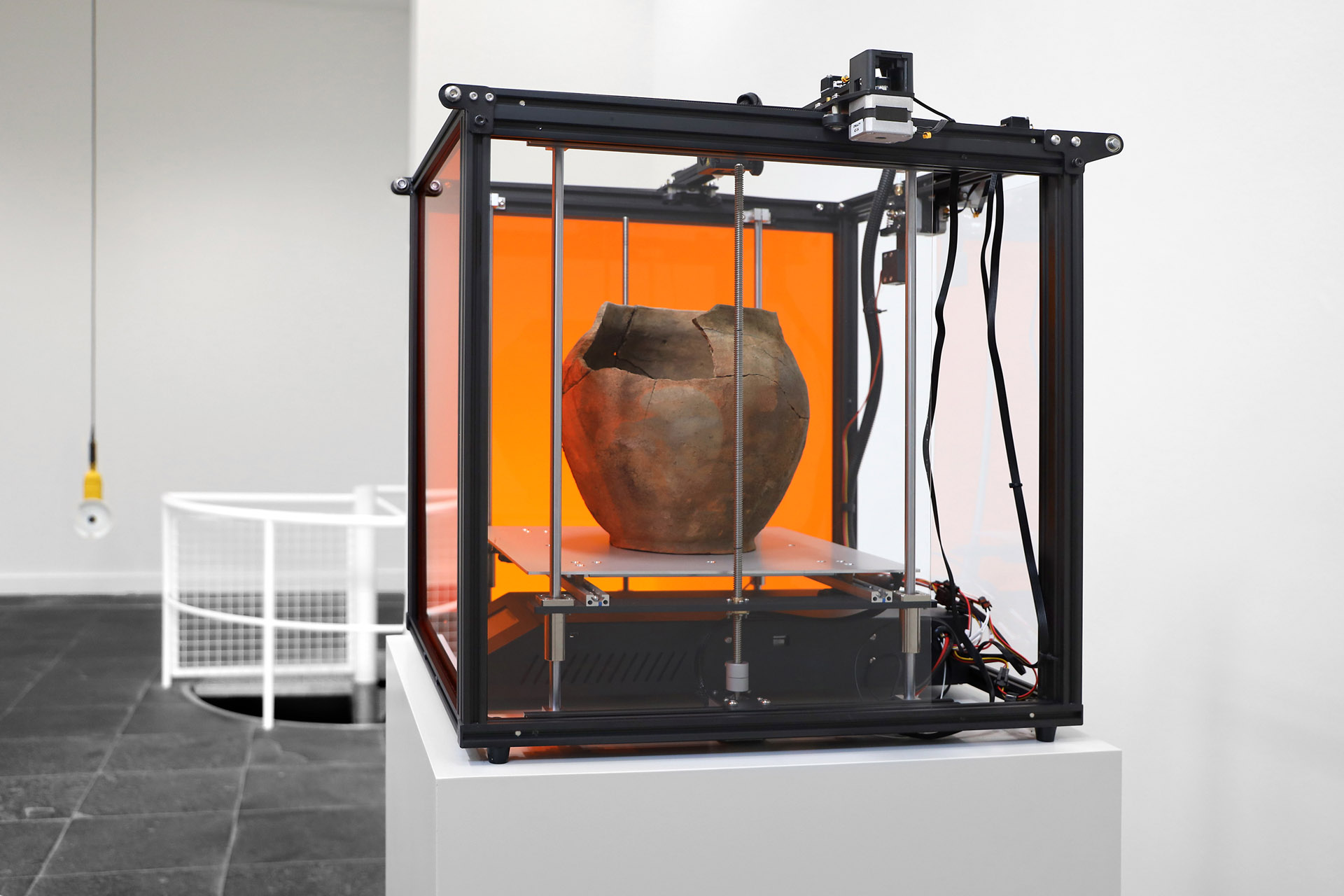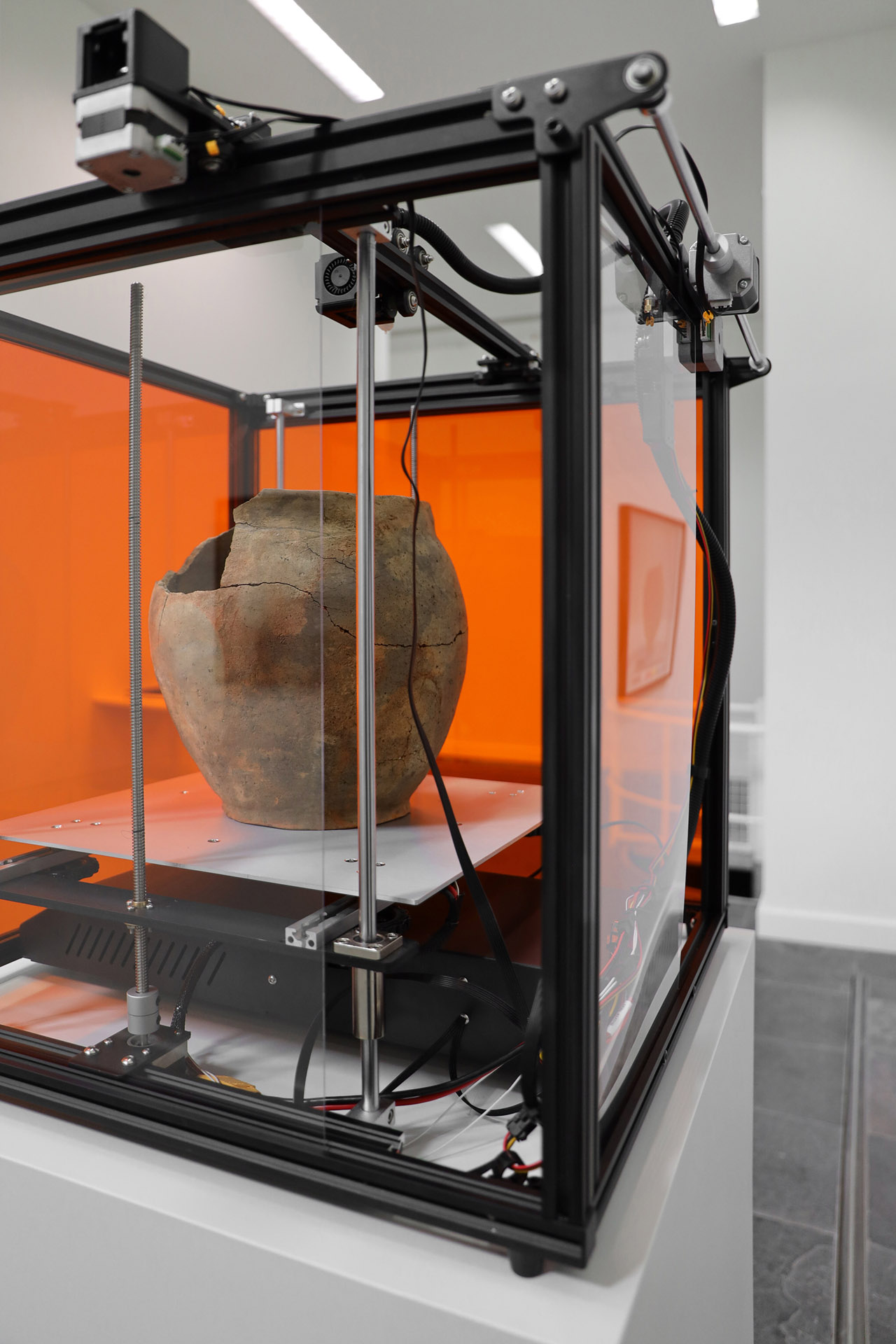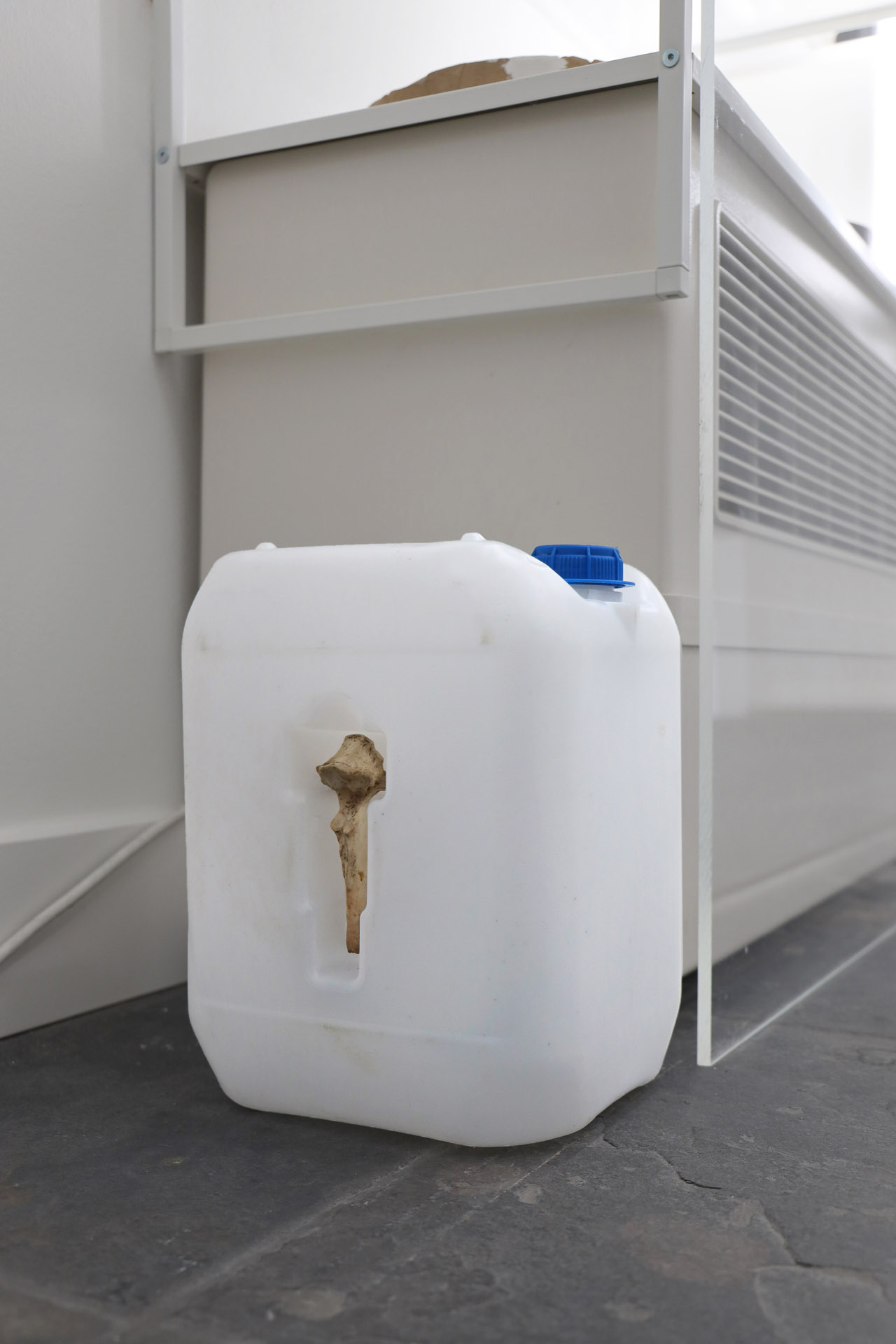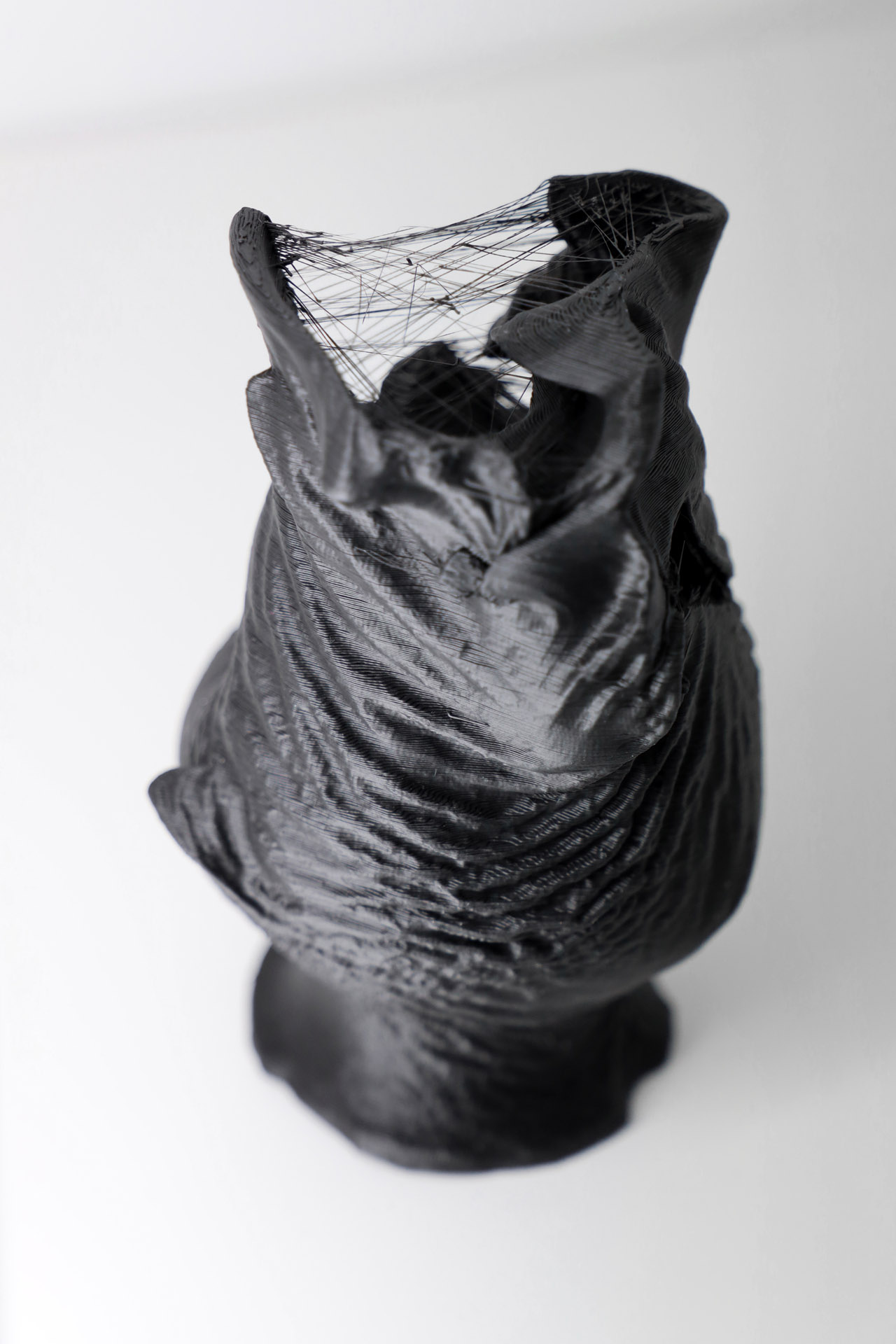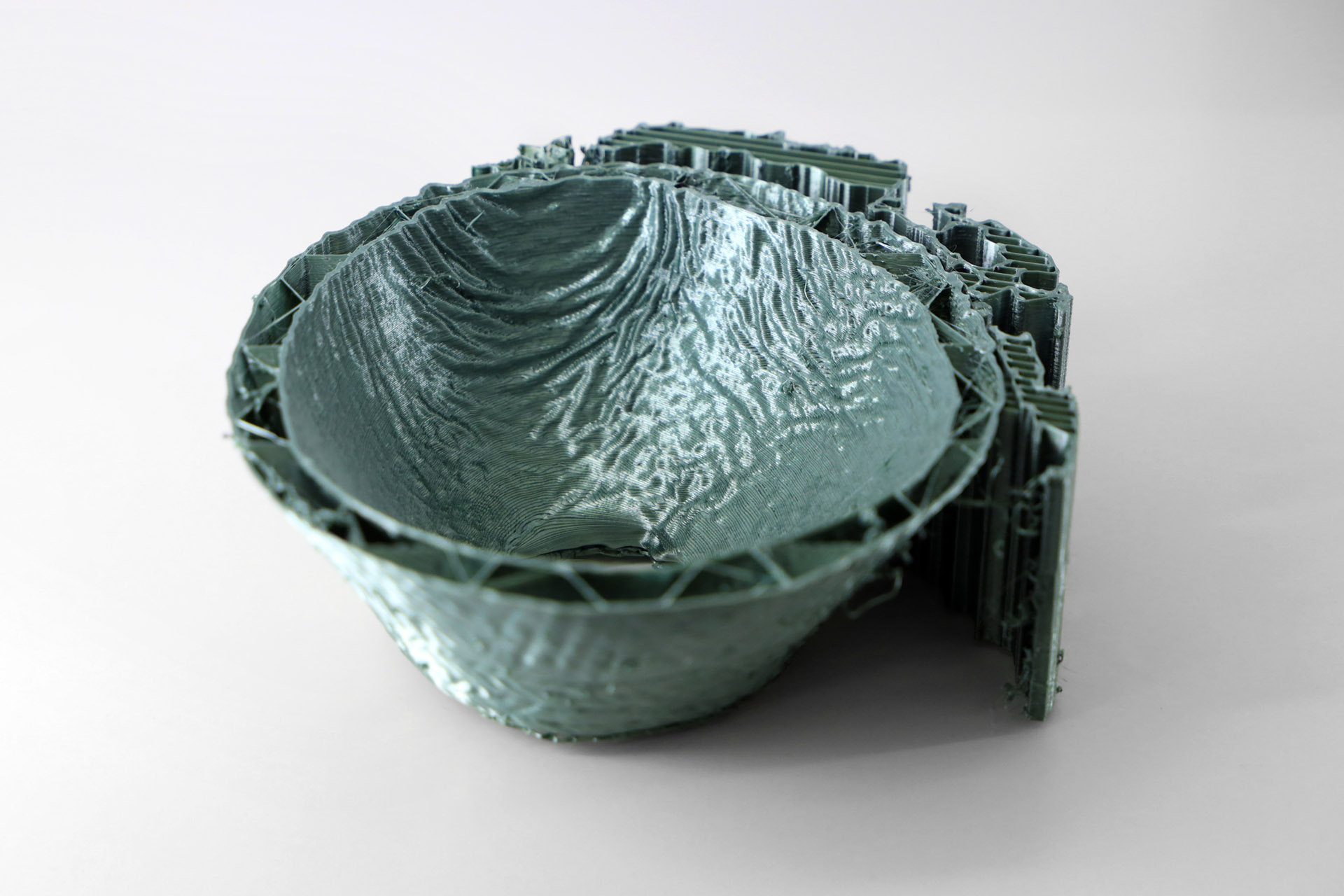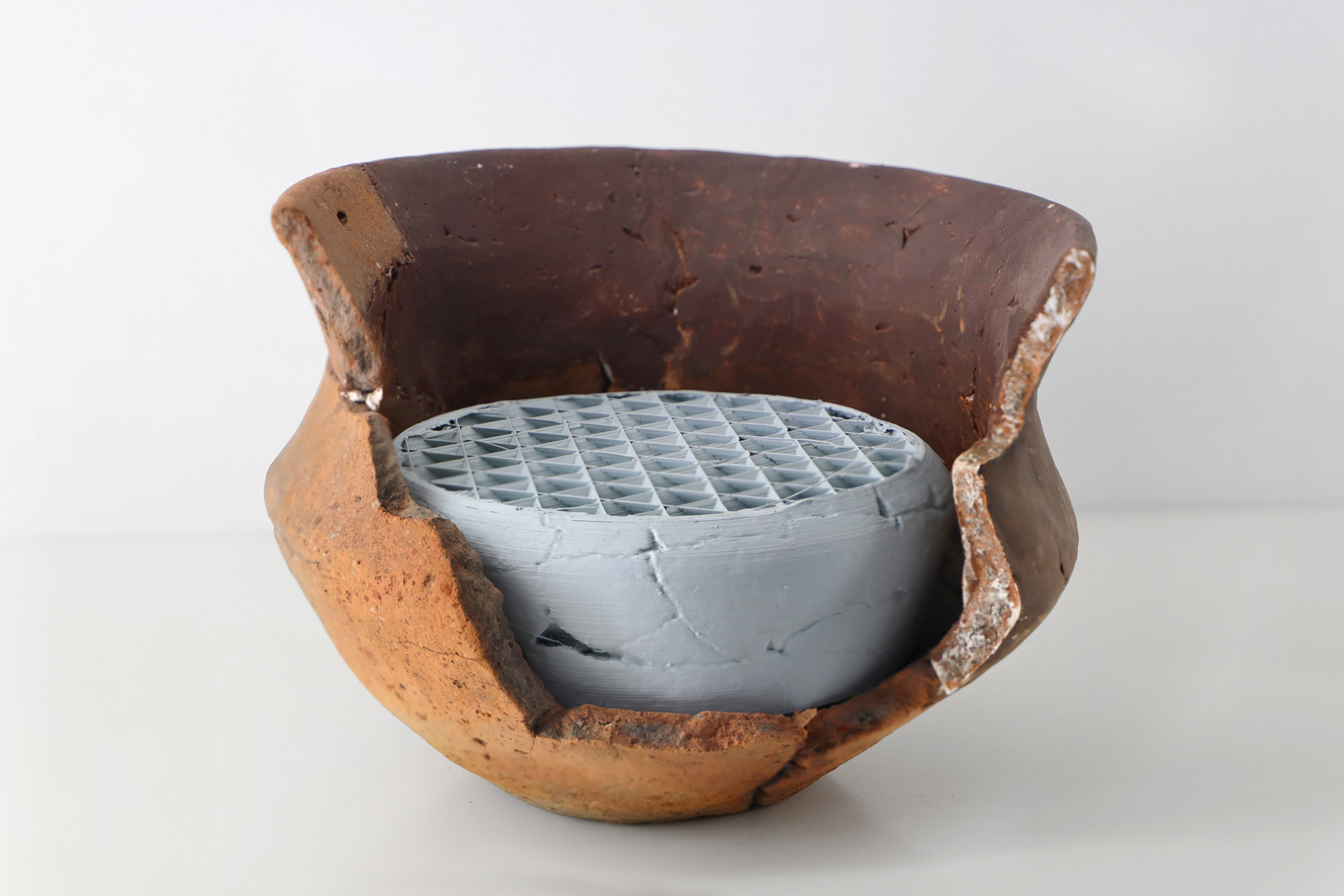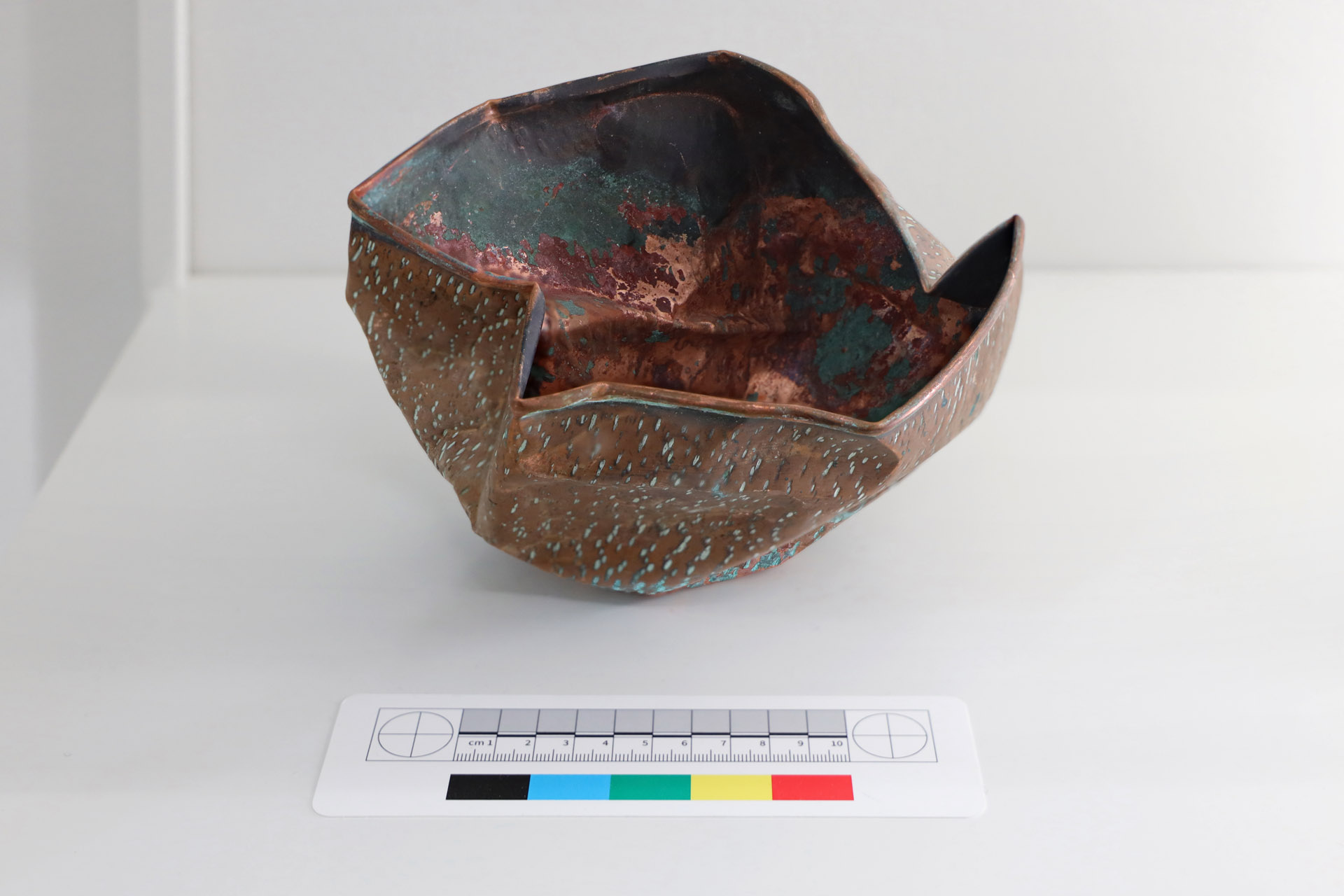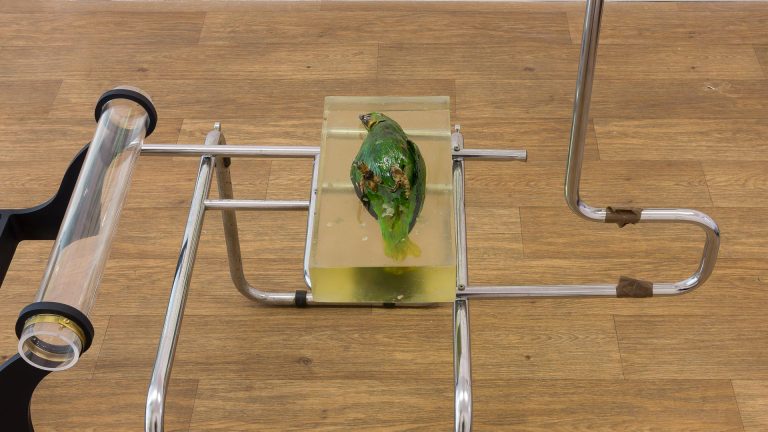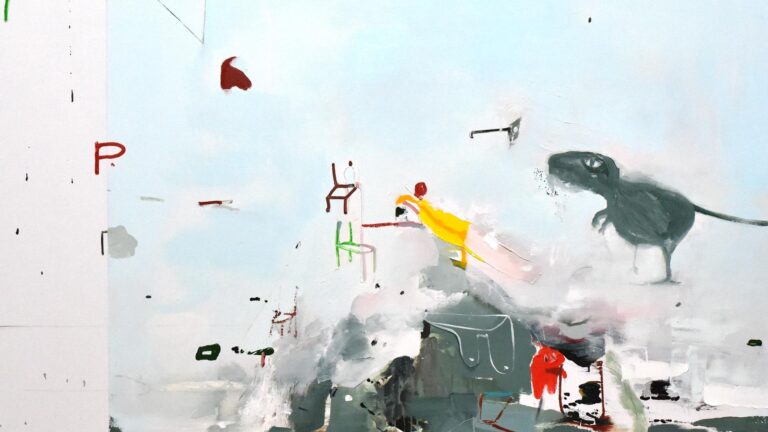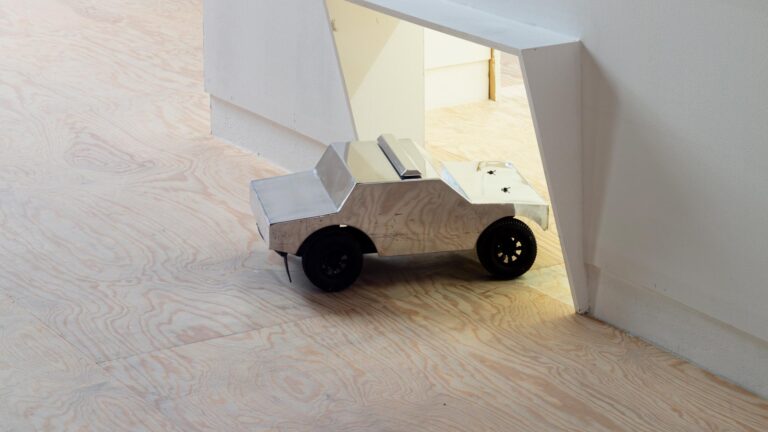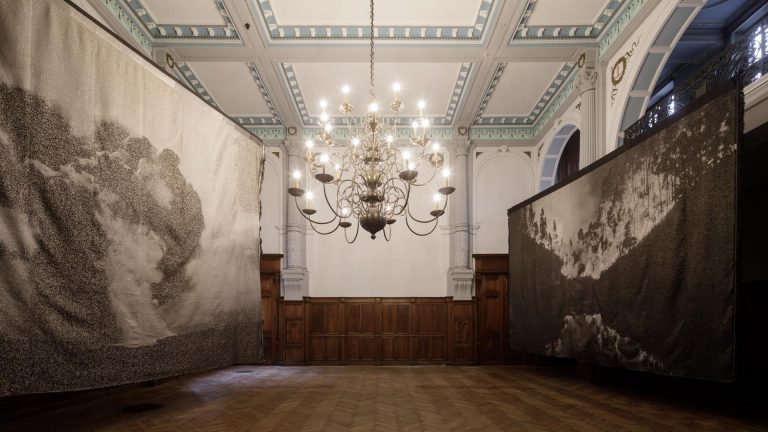Artist: Nicolás Lamas
Exhibition title: Assemblage and Circulation
Venue: S.M.A.K., De Vereniging, Ghent, Belgium
Date: April 10 – May 23, 2020
Photography: Josépha Blanchet / all images copyright and courtesy of the artist and SMAK
[..] everything is an assemblage, from a pot to a city, from a house to an economy. Objects are assemblages not only of materials, which are constantly changing, for example as they corrode, but also of ideas and are, themselves, components of other assemblages; households or communities, being active participants in the formation of the relationships which constitute those assemblages. Assemblages are not fixed entities, but fluid, ongoing and finite processes. Thinking through assemblages therefore turns entities into processes and calls on us to question temporal and physical boundaries. Assemblage thought shifts our focus to the intensities which are productive of societies; we come to encounter a material world which is not representative of the past, but is productive, unstable and full of potential to destabilise received ideas, recover new stories and craft pasts which reveal the complexities of power dynamics which transcend any division between the human and non-human, past and present or near and far.
(Quote: Ben Jervis, Assemblage Thought and Archaeology (London: Routledge, 2018), p. 2.)
In general, Nicolás Lamas’ works reference tensions between the human body as object and matter as an active factor. The idea of the object as an archaeological evidence that appears in certain compositions doesn’t reference to its passivity, and rather functions as a kind of assemblage that has to do with the incorporation of words, images, shapes and found objects to signify the distinctive attributes of those objects as an intrinsic element of a disembodied humanity. Through his eyes, matter often presents itself as a complex archaeological site characterized by a range of inanimate materials, life forms, technological artefacts, times in collapse and linguistic references. These structures combine fiction, life and inertness while triggering a space of transaction between the human linguistic way of apprehension and other forms of activating perception. Both human and non-human negotiate a dynamic entanglement with each other. Similarly Lamas’ oeuvre defies stability. Yet, there are recurrent approaches in his practice such as an interest for industrial products, the traces of humanity on nature or the body/technology entanglement; he also puts forward an aesthetic relationship between his work and rituals that invoke ephemeral images created by impulsive composition and interdependent making. […]
His work follows the rhythms and flows of artefacts, materials and bodies, and as such is an indicative of a time when artistic perceptions are actively appropriating the objectual codes of pre-Western aesthetics as much as invocating the sensibilities of digital technology in order to imagine potential global scenarios. An archaeology able to challenge viewpoints through his looming, with the capacity to subvert established categories, to undermine long-held assumptions, to go round static forms of classification and to break out old and established channels.
Things that emerge from this archaeology get then appropriated by certain groups or categories, whose authority is mutable, hybrid and sometimes out of control. The materials encountered present one face or another while turning other faces away – depending in part on the methods and ideas applied, the degree of openness/resistance to having those ideas materially embodied.
(Excerpt of the text “Matter exists differently here” by Alejandro Alonso Diaz, published in Nicolás Lamas:
The Attraction of the Mountains, Posture Editions)
The artist was born in Lima, Peru in 1980. Recent solo exhibitions include: Times in collapse, CCC OD, Life of things fades into nothingness, Spazio ORR, Archaeology of darkness, Meessen De Clercq, Liminality, Sabot, Becoming animal, Tenderpixel, The form of decay, P/////AKT, Todo objeto es un espacio temporal, Fundació Joan Miró, Ocaso, Galería Lucía de la Puente, Loss of symmetry, Loods 12, Potential remains, DASH. He has taken part in numerous group exhibitions, most notably: Permafrost: Forms of disaster, MO.CO, An exhibition with works by… Witte De With, The penumbral age: Art in the time of planetary change, Museum of Modern Art in Warsaw, Something happened, CCCC, Drowning in a sea of data, La Casa Encendida, Des attentions. Centre d’ art contemporain d’Ivry-sur-Seine, The intention of things, Trafó gallery, Notes on our equilibrium, CAB Art Center, Du verb a la comunication. Museé Carré d’Art, A.N.T.H.R.O.P.O.C.E.N.E, Meessen De Clercq, Listen to the Stones, think like a mountain, Tatjana Pieters, Presque la même chose, Kunsthalle Mullhouse, Principio de incertidumbre, The Goma, Fotografía después de la fotografía, Bienal de fotografía de Lima, MAC.










